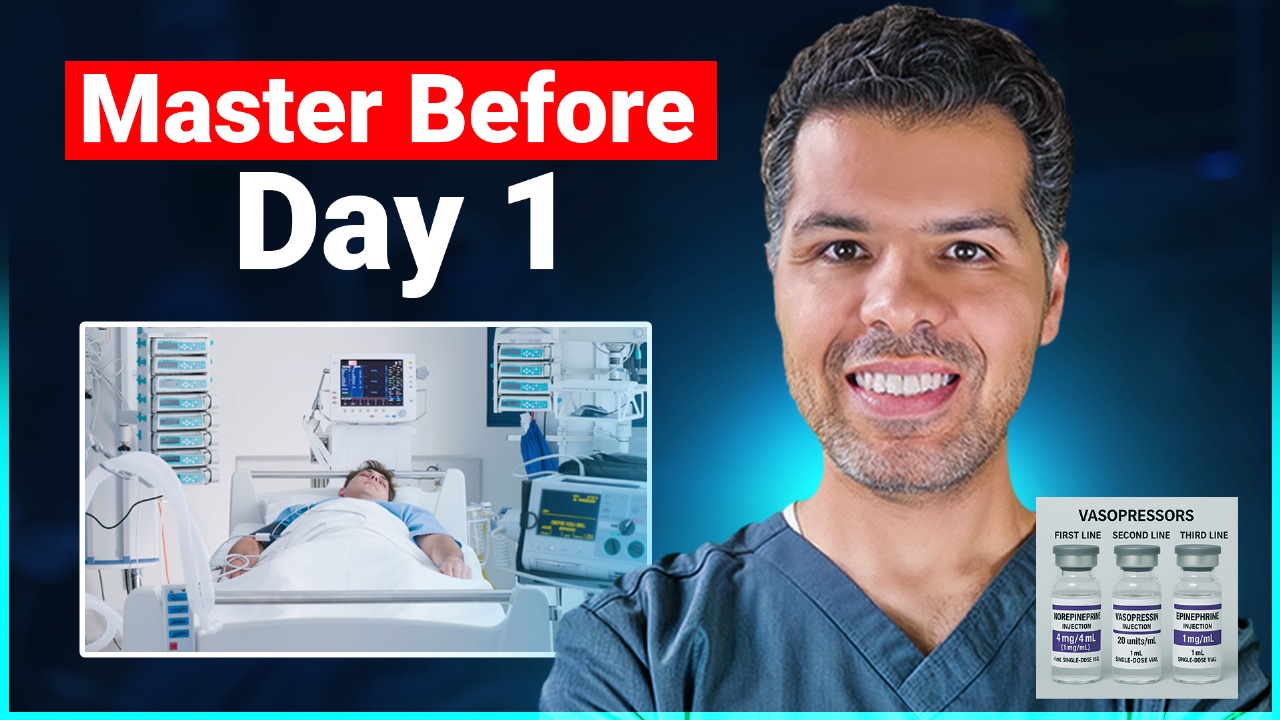
Central Venous Access: What You Need to Know Before Starting Inpatient Rotations
1. Peripheral vs Central Access Peripheral access: Includes short peripheral IVs (<6 cm) and midlines (8–20 cm). Peripheral IVs: Inserted in hand or forearm veins for short-term use (3–5 days). Use feet







